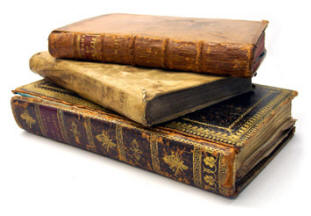2.3 Dawn and development of narrative in Cuba between 1790 and 1868

Narrative writing in Cuba did not emerge until 1820, although at first it appeared interspersed with articles, descriptive texts, chronicles of events and other forms of prose, including mere translations that the authors presented as their own, not with the intention of plagiarism, since the genre was not yet socially recognized in Cuba and needed to gain in aesthetic category, but rather for the purpose of dissemination.
Without intending to offer an exhaustive chronology but rather an overview of the cultivation and broth of the genre, mention should be made of the attempts by Ignacio Valdés Machuca, with “El mosquito”, from 1820, and the texts by Domingo del Monte “Noche de luna en la Alameda de Paula” and “Noche de Retreta” published in newspapers of the time in 1823. Likewise, José María Heredia wrote a series of stories between 1830 and 1832. In 1836, Antonio Bachiller y Morales published some texts: “La separador”, “Matilde”, “Los bandidos en la isla de Cuba”, which have the merit of incorporating elements of Cuban nature and society as a topic of the genre.
A group of authors can be cited who, although they did not have special literary merit, did contribute to creating the foundation on which others would be built: Eligio del Puente, Federico de Montalvo, José Zacarías González del Valle, Gaspar Betancourt Cisneros (1803 – 1866), with the pseudonym of el lugareño, the latter stood out somewhat for delving into social essences, beyond local picturesqueness, although his pieces are embedded within the typology of articles of customs.
José Antonio Echevarría, Ramón de la Palma, and Cirilo Villaverde achieved a more refined expression in the genre during the early years. Also proliferated during this period were slave-themed narratives that have been called “abolitionist,” although they did not always explicitly aim for this purpose. These include the novels “Sab” by Gertrudis Gómez de Avellaneda and “El Ranchador” by Pedro José Morillas.
Antonio Franchi Alfaro, to whom is attributed “The Forum of Havana and its Mysteries” from 1846, Avelino de Orihuela, Manuel Costales y Govantes, Esteban Pichardo, José Ramón Betancourt and others, wrote, near or at the beginning of the second half of the century, a narrative that tries to separate itself from other genres and also assume Cubanness from a more social conception, by exposing and confronting the evils that corroded the country.
Although most of the pieces and authors cited are more valuable to the history of literature as a leaven of a narrative tradition than for their discoveries in substance or expression, it is significant to see, on the table of the period, the interrelations and reciprocal influences among many authors—exercised in social gatherings, through correspondence, or through the corrective hand of Domingo del Monte and others with critical pretensions that were not always endorsed—which ultimately influenced the configuration of the genre, with a progressively national face, and the emergence of more prominent voices, capable of bringing Cuban culture to the universal mainstream.








